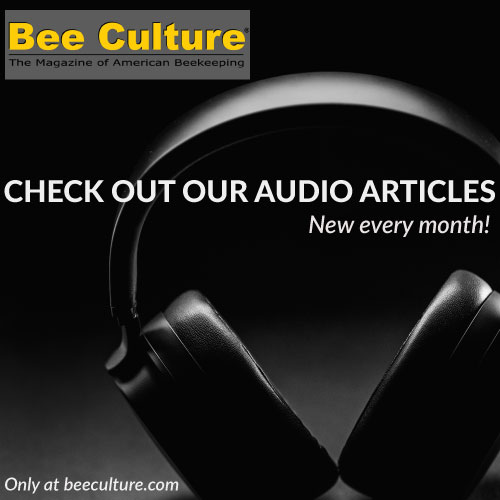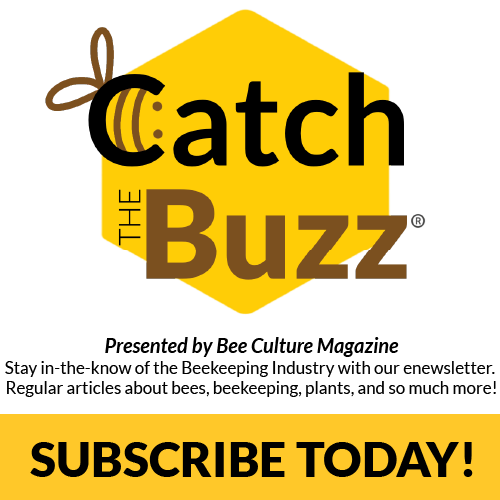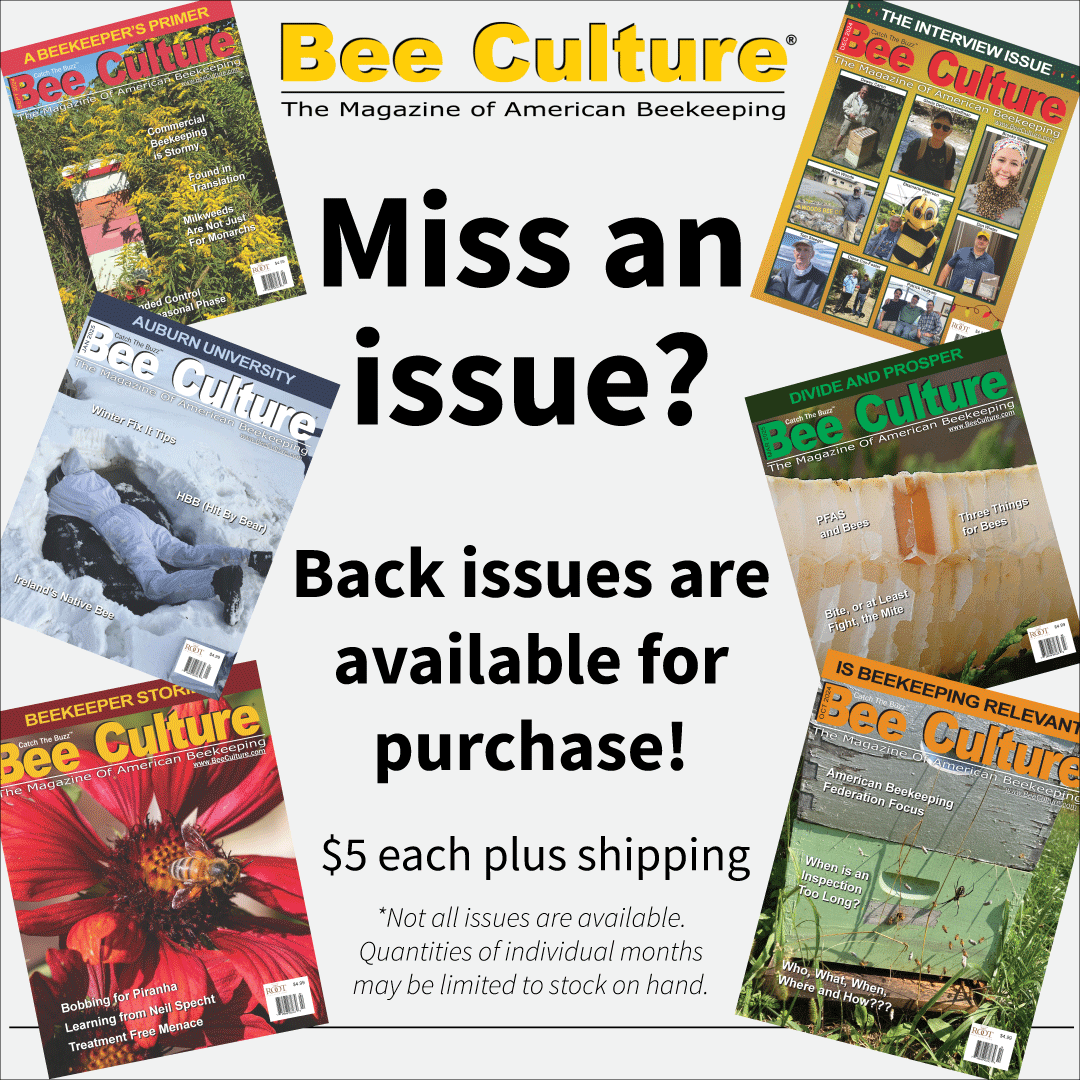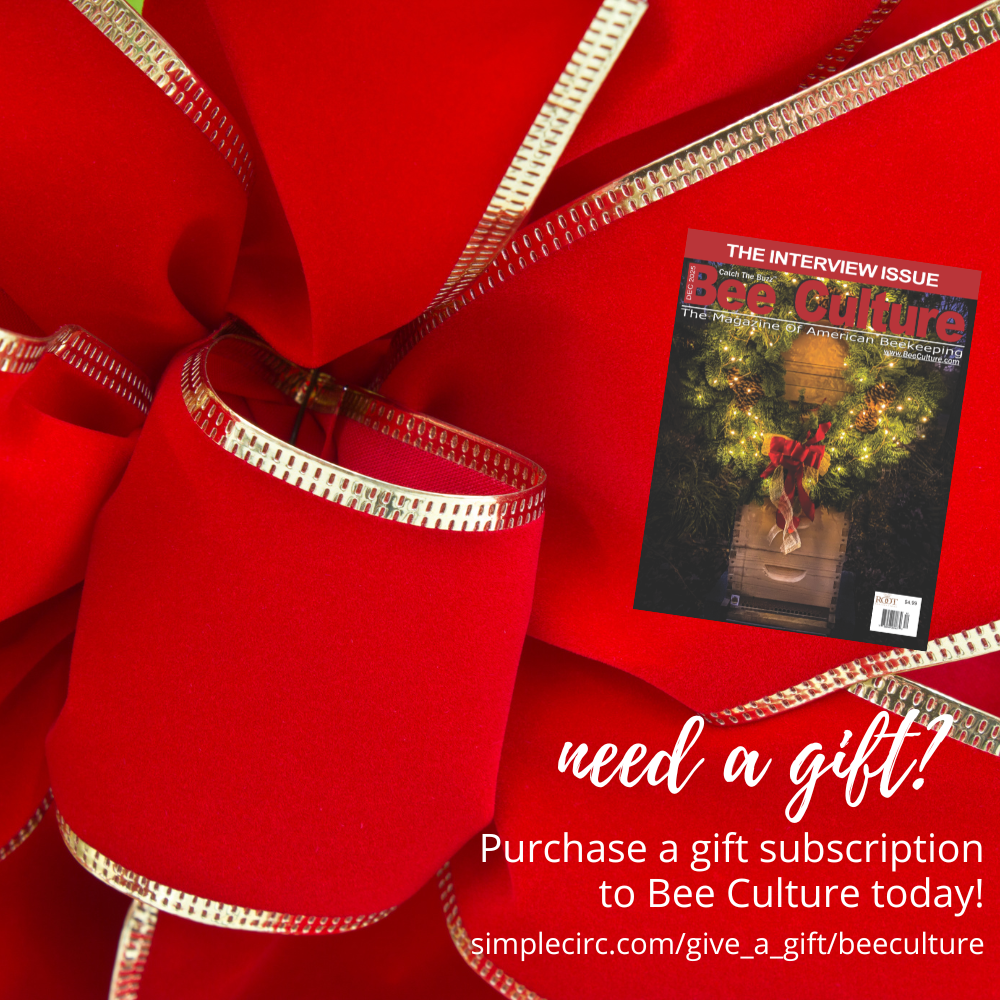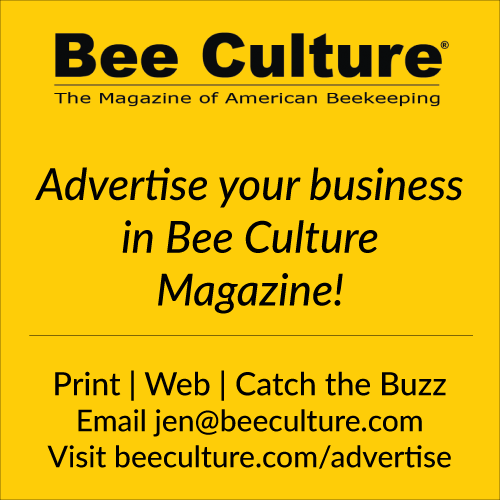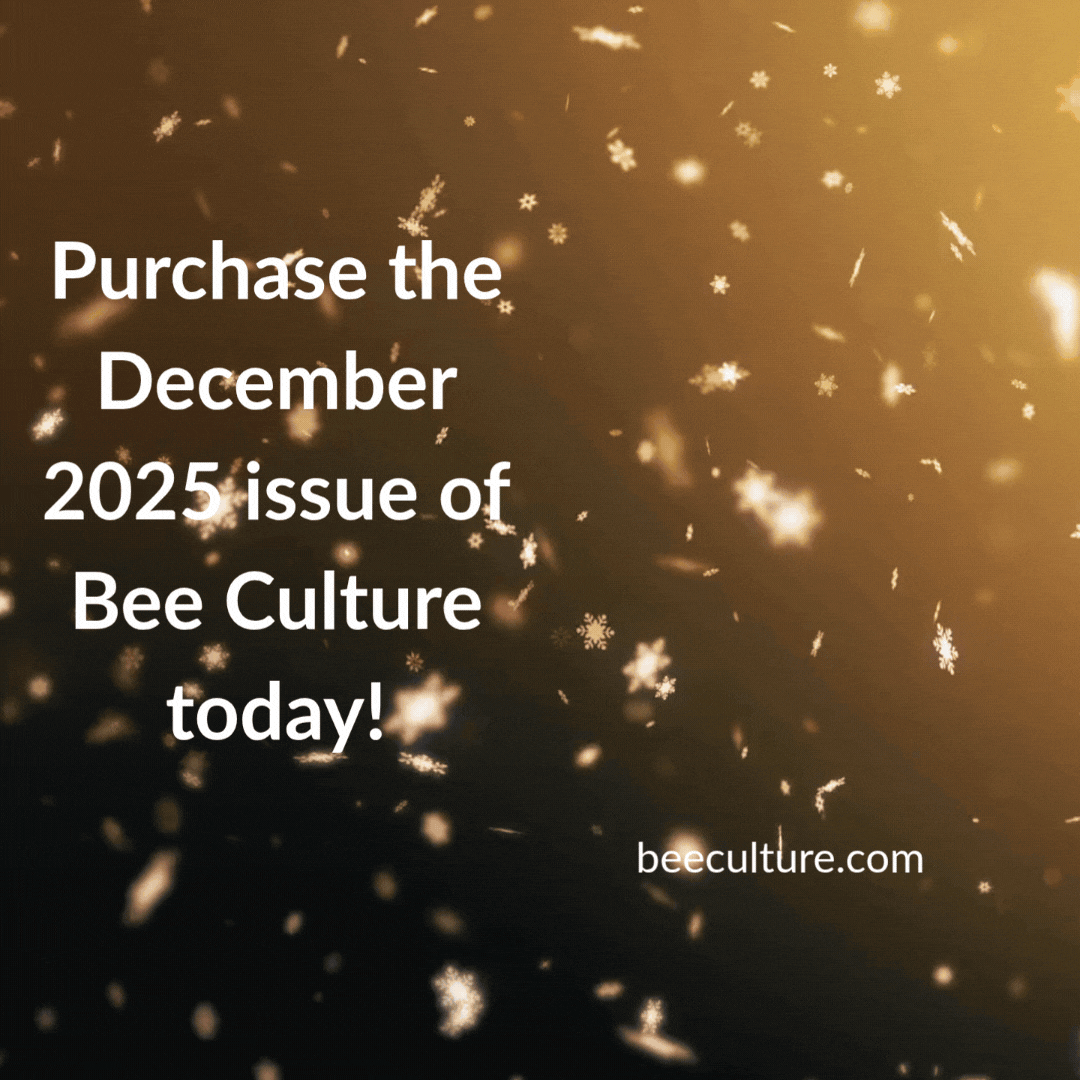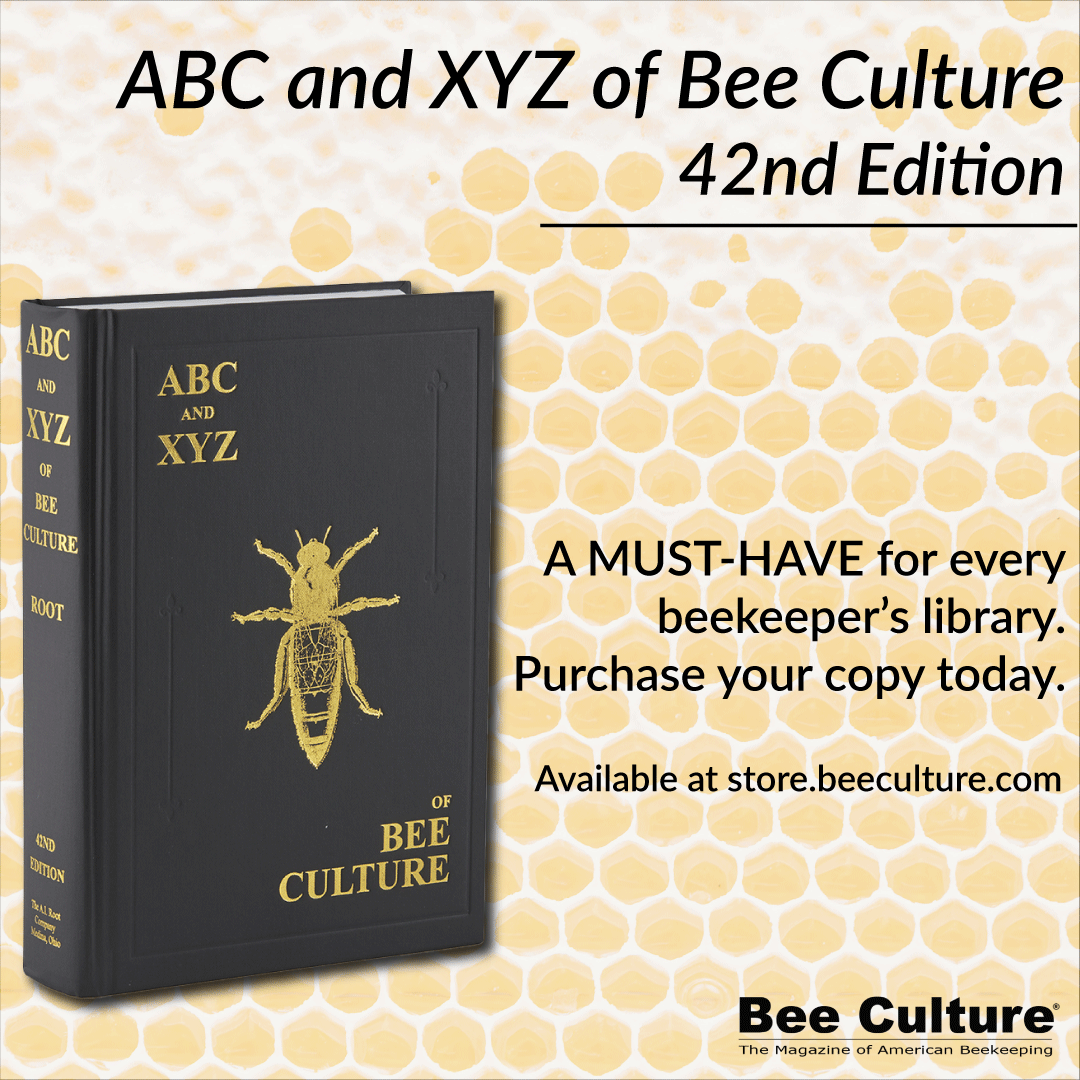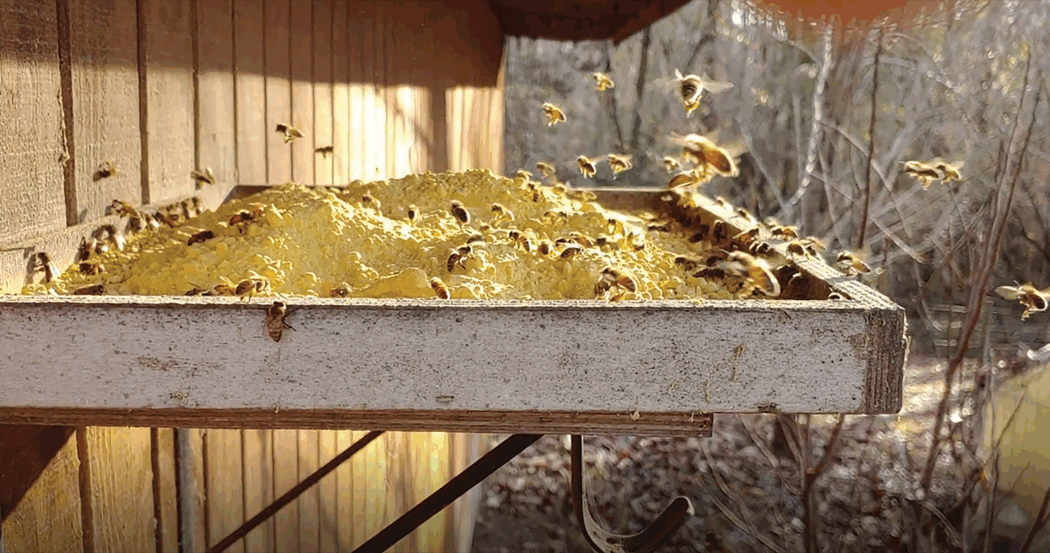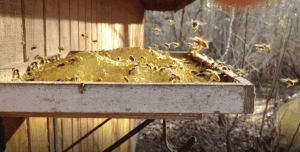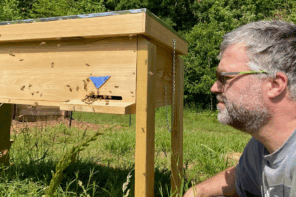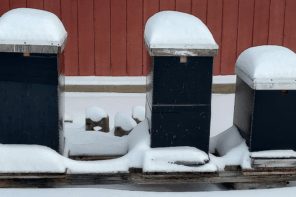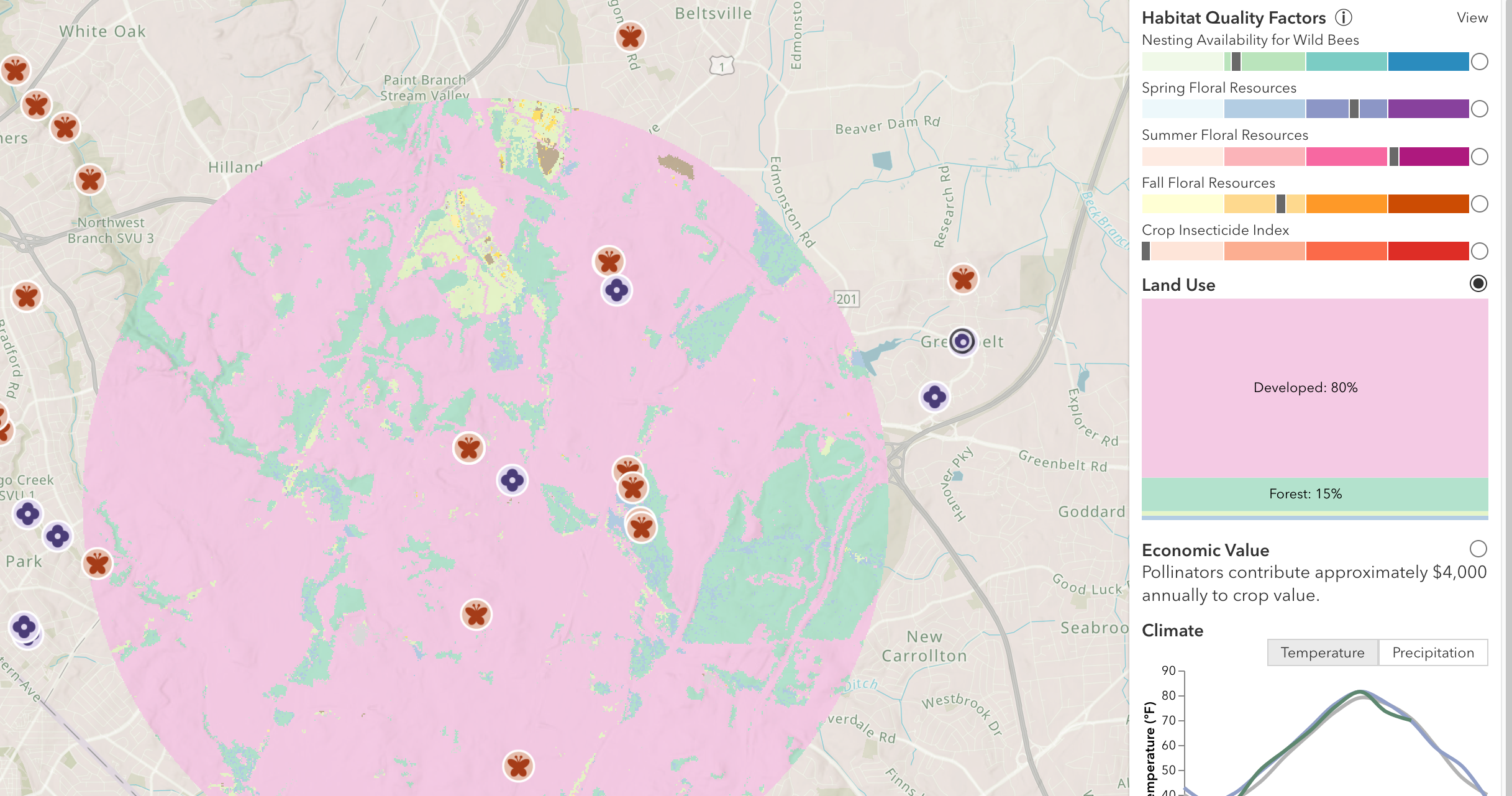Click Here if you listened. We’d love to know what you think. There is even a spot for feedback!
Read along below!
Found in Translation
Micronutrients With Large Impacts
By: Jay Evans, USDA Beltsville Bee Lab
After hundreds of millions of years, pollen is a pretty perfect food for raising bees. This is not an absolute; some pollens are less nutritious than others, and pollens from many plants have toxins that impair or even kill their bee partners. On the bee side, some species are so wedded to particular plants that pollens from other plants will never suffice. These specialist bees will fly past hundreds of flowers and only collect from the one species that calls to them. Presumably, their offspring will not fare well with the pollen everyone else is eating. Honey bees are not picky eaters and they thrive on pollens that make other bees gag. This is part of the allure of honey bees for pollination, in their minds and stomachs pretty much all agricultural crops are worth the visit. Honey bees can also be forced to use non-pollen sources of protein and micronutrients. So-called pollen substitutes give bees a short-term boost when nothing else is available, but are never as good as the real thing. Recent exciting work on bee pollens reveals signatures that best fit the bill for honey bees, while also driving searches for a more perfect pollen substitute for beekeepers.
The work I will highlight focuses on sterols, building blocks for everything from cell membranes to hormones needed by plants, animals, and microbes like fungi. Sterols generally make up less than 1% of one’s diet, hence the ‘micro’-nutrient label, but if you are missing them, bad health will follow. Pollens have a range of sterols, including some, like 24-methylenecholesterol (24-MC) and isofucosterol, that are especially important for bee pollinators. Leading a resurgence of interest for sterols, Priya Chakrabarti (now at Washington State University in the U.S.) and colleagues used supplemental feeding experiments to confirm high levels of 24-MC in bee bodies and show the importance of this sterol for bee health (Chakrabarti, P., H. M. Lucas, and R. R. Sagili. 2021. Evaluating effects of a critical micronutrient (24-methylenecholesterol) on honey bee physiology. Annals of the Entomological Society of America 113:176-182). Basically, 24-MC was good for bee development at every tested level from 0.25% up to 1% in an artificial protein diet that lacked sterols. Bees increased their consumption of artificial diets high in 24-MC and stored more of this micronutrient in their bodies, resulting in higher lipid contents in their abdomens and higher protein reserves. The authors built on prior knowledge showing where in the body bees store these sterols and how levels differed between drones, workers, and queens, all clues for what they might do for bee and colony health. One tidbit is that 24-MC piles up in the hypopharyngeal glands of nurse bees, indicating a strong need in developing larvae nursed by these bees.
A second study this year, from Belgium and the United States, boosted the sterols in artificial feeds in an attempt to improve colony growth (Bogaert, T., T. Reams, I. Maillet, K. Kulhanek, M. Duyck, F. Eertmans, A. M. Fauvel, B. Hopkins, and J. Bogaert. 2025. A nutritionally complete pollen-replacing diet protects honey bee colonies during stressful commercial pollination-requirement for isofucosterol. Proceedings of the Royal Society B: Biological Sciences 292). The target of Thierry Bogaert and team was one of the next-in-line sterols after 24-MC, isofucosterol. Adding this sterol to an artificial diet had a large and sustained impact on brood production, leading to a rare ‘complete food’ that contained no pollen. Current pollen-free supplements are known to boost bee reproduction, but boosted colonies require at least some natural pollen coming in to continue growth. This diet, with added isofucosterol, claims to be sufficient with no pollen whatsoever, a potential Happy Meal for bee colonies.
Finally, Elynor Moore and colleagues from England and Denmark took a high-tech approach to genetically engineer a bee super-food (Moore, E., R. T. de Sousa, S. Felsinger, J. A. Arnesen, J. D. Dyekjær, D. I. Farman, R. F. S. Gonçalves, P. C. Stevenson, I. Borodina, and G. A. Wright. 2025. Engineered yeast provides rare but essential pollen sterols for honeybees. Nature.10.1038/s41586-025-09431-y). The authors started with the yeast Yarrowia lipolytica, a widespread and widely used ‘industrial’ yeast that has been recognized as safe in human food applications. They used genetic tweaking to make the cells of this yeast a more perfect food for bees. Specifically, a ‘platform’ strain of Yarrowia that has a lot of tools in its arsenal was used to build a chemistry kit of sterols. The authors added genes from plants, animals (fishes in this case), other fungi, and bacteria, into this yeast. The resulting yeast, called MxST for ‘mixed sterols’, was shown to produce high levels of 24-MC, decent levels of isofucosterol, and a handful of additional sterols. MxST was pitted against two Yarrowia strains that did not produce 24-MC or isofucosterol, as well as a ‘base’ soy-protein patty that had only the usual plant sterols. All diets had similar ratios of protein, sugars, fats, and essential bee minerals. The strongest results occurred in a controlled trial during which bees received no outside pollen for up to 91 days. By day 45, micro-nucs fed MxST (six replicate colonies) showed a trend toward higher brood levels relative to the other Yarrowia feeds and indeed had significantly more developing brood than one of three control feeds by day 75 (by day 91 of this trial, nearly all of the colonies lacked developing larvae and no significant differences remained). Capped brood were significantly higher at day 91 in the MxSt cohort than in any of the control treatments. This technology will receive lots more testing, and additional genetic tinkering will likely be needed to generate an ideal feed. Why go through the trouble of designing a living yeast that makes its own bee-friendly sterols? The sterol supplements (24-MC and isofucosterol) put into feed by the Chakrabarti and Bogaert groups are really pricey, putting a large burden on willing beekeepers. Should you be worried about your bees eating an engineered yeast? The authors were careful to overheat the yeasts after they were grown in liquid vats, so that all of the feeds consisted of inviable yeast powders. Bees readily consumed the stuff and packaged the provided sterols in the right parts of their bodies, so their bodies seemed to react to this as they would other food sources. Again, large-scale field experiments are needed to identify long term benefits and possible harms of a yeast diet during pollen dearths. For now, pollen-based supplements are the top choice when flowers are inadequate, while diverse pesticide-free flowers are supreme if your bees can find them.
As a poignant twist, USDA scientist Mark Feldlaufer, the last living member of a team of chemists and bee researchers who helped define the sterols in bees and pollens (e.g., Svoboda, J. A., E. W. Herbert Jr, M. J. Thompson, and M. F. Feldlaufer. 1986. Selective sterol transfer in the honey bee: Its significance and relationship to other hymenoptera. Lipids 21:97-101, https://doi.org/10.1007/BF02534310) passed away August 24, 2025, less than a week before this nice paper went live. He would have loved seeing how fundamental work in bee and pollen chemistries was leading to new options for beekeepers. Mark was a boss and mentor to several of us in USDA-Beltsville and he will be missed.

